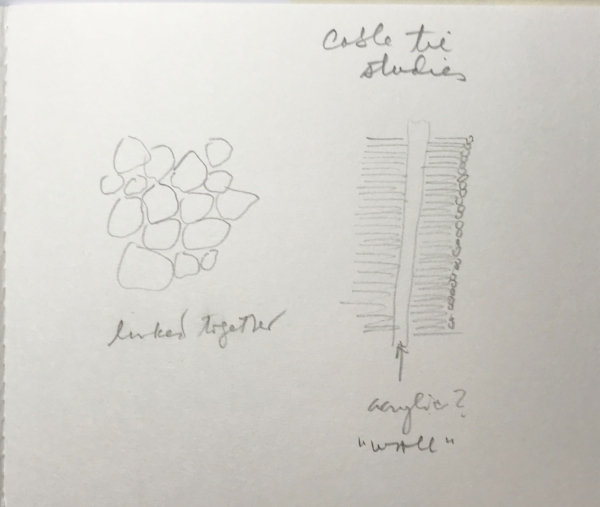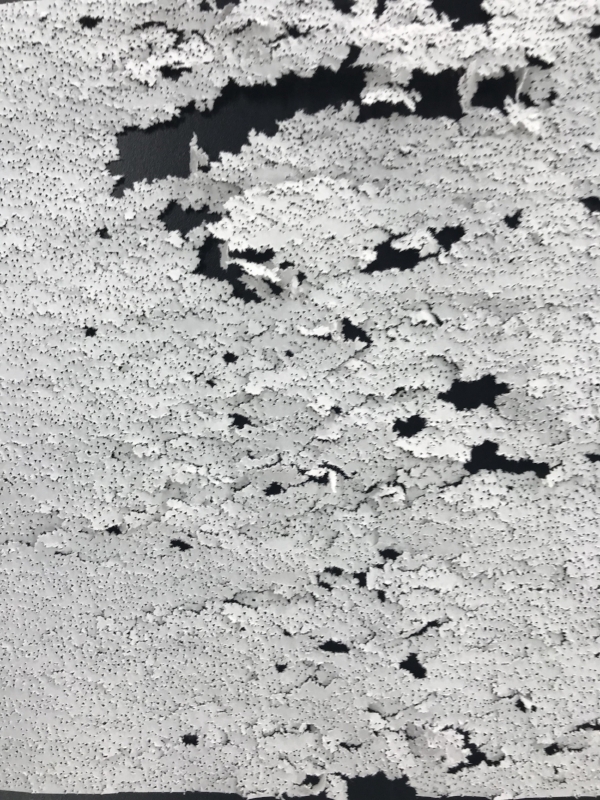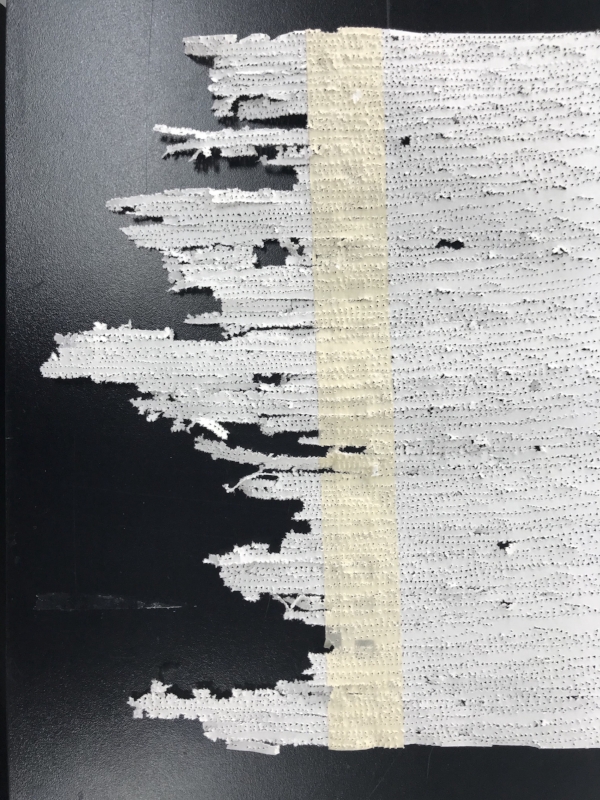There is a growing list of experiments that I am eager to dive into in the studio at Dartmouth Avenue. For now, I envision small models and installations:
:: materials that read ephemeral, impermanent, vulnerable, friendly, human, warm, communicative, inviting (I have no idea how or what these involve, only the ideas at this point)
:: paper casts of small objects that have personal meaning
:: rubbings/frottage of surfaces and objects that are associated with home, place, belonging
:: combinations of objects that I associate with my father—the tools and materials he used in his work
:: playing with the relationships between and among objects
:: how to suspend, support, connect things—invent and build my own systems, frames and supports
:: invented maps—drawn directly onto wall, layered in space, suggesting not only place and location but also layers of meaning
:: installations that inhabit and occupy my space
When we return after the Christmas break, these are some possibilities for re-entering my studio practice.













